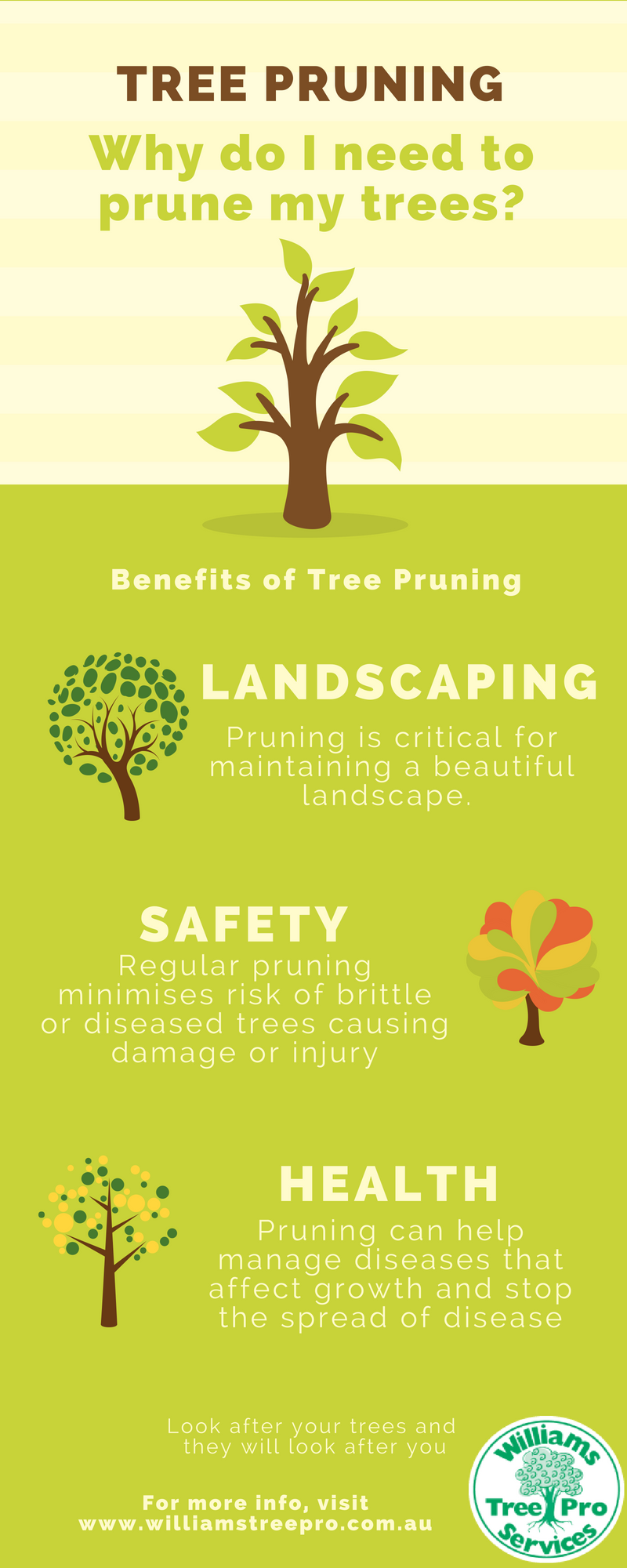Evaluating The Viability Of Trees: Identifying When Elimination Is Necessary
Evaluating The Viability Of Trees: Identifying When Elimination Is Necessary
Blog Article
Material Writer-Dalby Byers
If you have actually ever before questioned the destiny of the trees on your residential property, recognizing when it's time for elimination is critical. However just how do you identify if a tree can be conserved or if removal is the only choice? By seeking details indicators and evaluating safety threats, you can make informed choices that benefit both your landscape and your environments. Let's discover the vital variables that come into play when determining the fate of a tree and just how you can guarantee the very best end result for your green companions.
Indications of Tree Decline
If you notice any of the adhering to indicators of tree decrease in your backyard, it might be time to consider tree removal.
One common indicator is dead or rotting branches, which can indicate underlying issues impacting the tree's health. Keep an eye out for tarnished or shrivelled fallen leaves that persist despite having proper care, as this could be an indicator of illness or bugs.
An additional warning signal is excessive leaning or a recognizable change in the tree's base, which might suggest root issues or structural instability. Watch out for fungal development on the trunk or origins, as this can show rot and compromise the tree's stability.
Furthermore, if you observe big fractures in the trunk or significant limbs, it's crucial to resolve these concerns immediately to avoid possible risks. Dealing with these signs of tree decrease without delay can assist preserve the security and looks of your yard setting.
Safety Concerns
To make certain the health of your residential or commercial property and those around you, prioritizing security problems connected to trees is paramount. Read More In this article can present various security risks if not appropriately kept. Dead or rotting branches may drop suddenly, endangering individuals or damaging structures.
Leaning trees can additionally be unsafe, particularly if they're leaning towards a structure or high-voltage line. Additionally, trees with considerable root systems near structures or underground utilities can cause considerable damage in time.
https://chicago.cbslocal.com/2019/07/14/west-lawn-homeowner-in-need-of-tree-trimming-months-after-asking-city-for-help/ to regularly evaluate your trees for any kind of signs of possible risk. Keep an eye out for splits in the trunk, huge cavities, or signs of condition and degeneration. If you observe any one of these issues, it's finest to speak with a specialist arborist to examine the situation and establish the essential strategy.
Taking positive steps to deal with safety issues promptly can protect against mishaps and building damages in the future. Keep in mind, the safety of your residential property and those around you need to always be the leading concern when it involves tree upkeep.
Consulting an Arborist
When taking into consideration the health and safety of your trees, speaking with an arborist is a crucial action. Arborists are trained specialists that specialize in the care and upkeep of trees. They can evaluate the general health and wellness of your trees, recognize any problems such as conditions or architectural issues, and offer experienced recommendations on the best course of action.
By getting in touch with an arborist, you can get important understandings into the condition of your trees and identify whether elimination is essential. Arborists have the understanding and experience to examine the risks associated with maintaining a tree versus removing it. Grind Stump Or Leave It can also use support on alternate remedies, such as pruning, cabling, or supporting, to help maintain the tree whenever feasible.
Additionally, arborists can help you navigate any neighborhood guidelines or allows that may be required for tree elimination. Their expertise can make certain that the procedure is carried out safely and in conformity with any suitable regulations.
Conclusion
Finally, when figuring out whether trees can be conserved or if removal is required, it is very important to take into consideration signs of decline and security concerns. Consulting an arborist for an extensive assessment is crucial in making the most effective choice for the tree's health and possible risks. Bear in mind, aggressive treatment and prompt activity can help protect trees and stop accidents.
